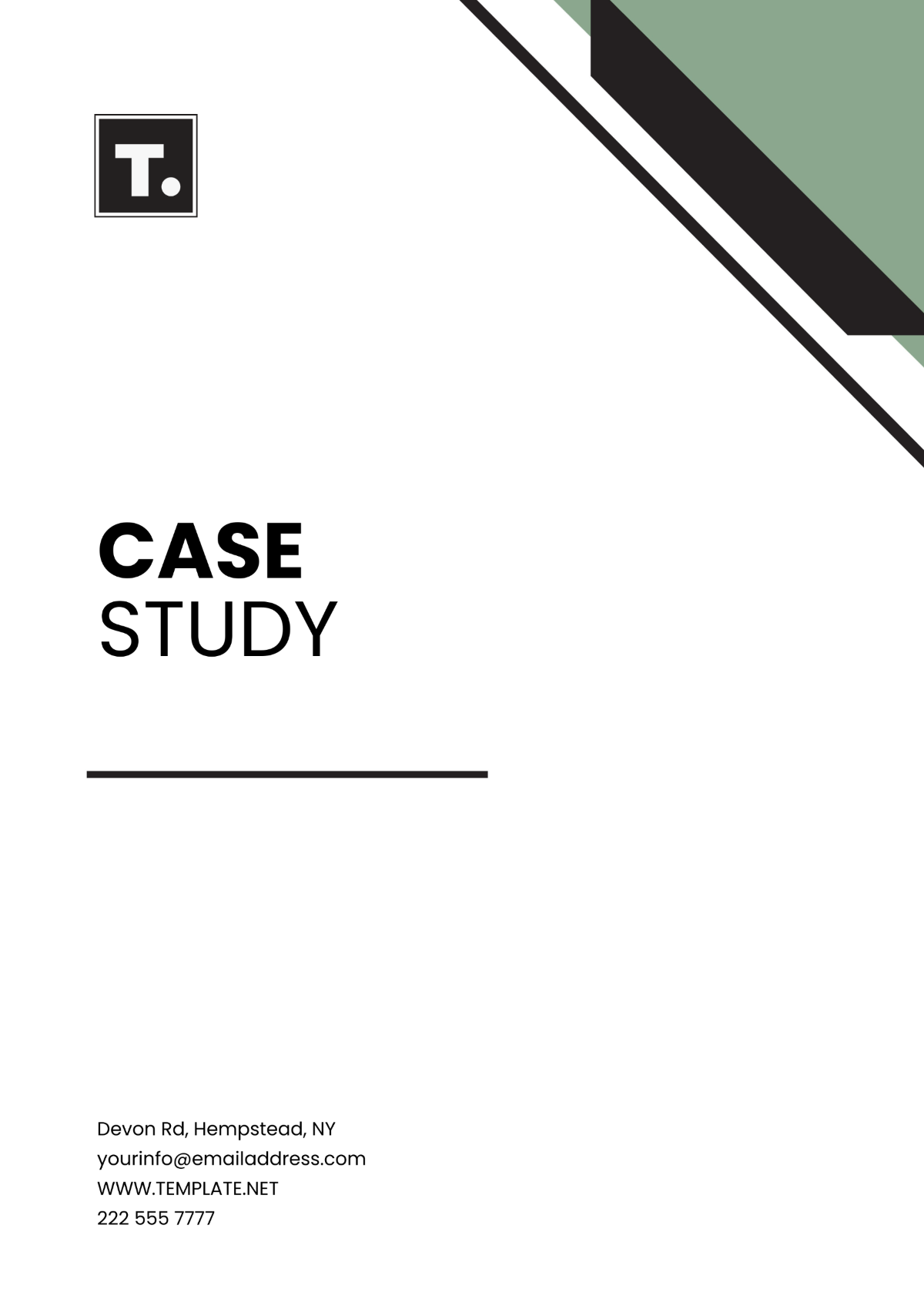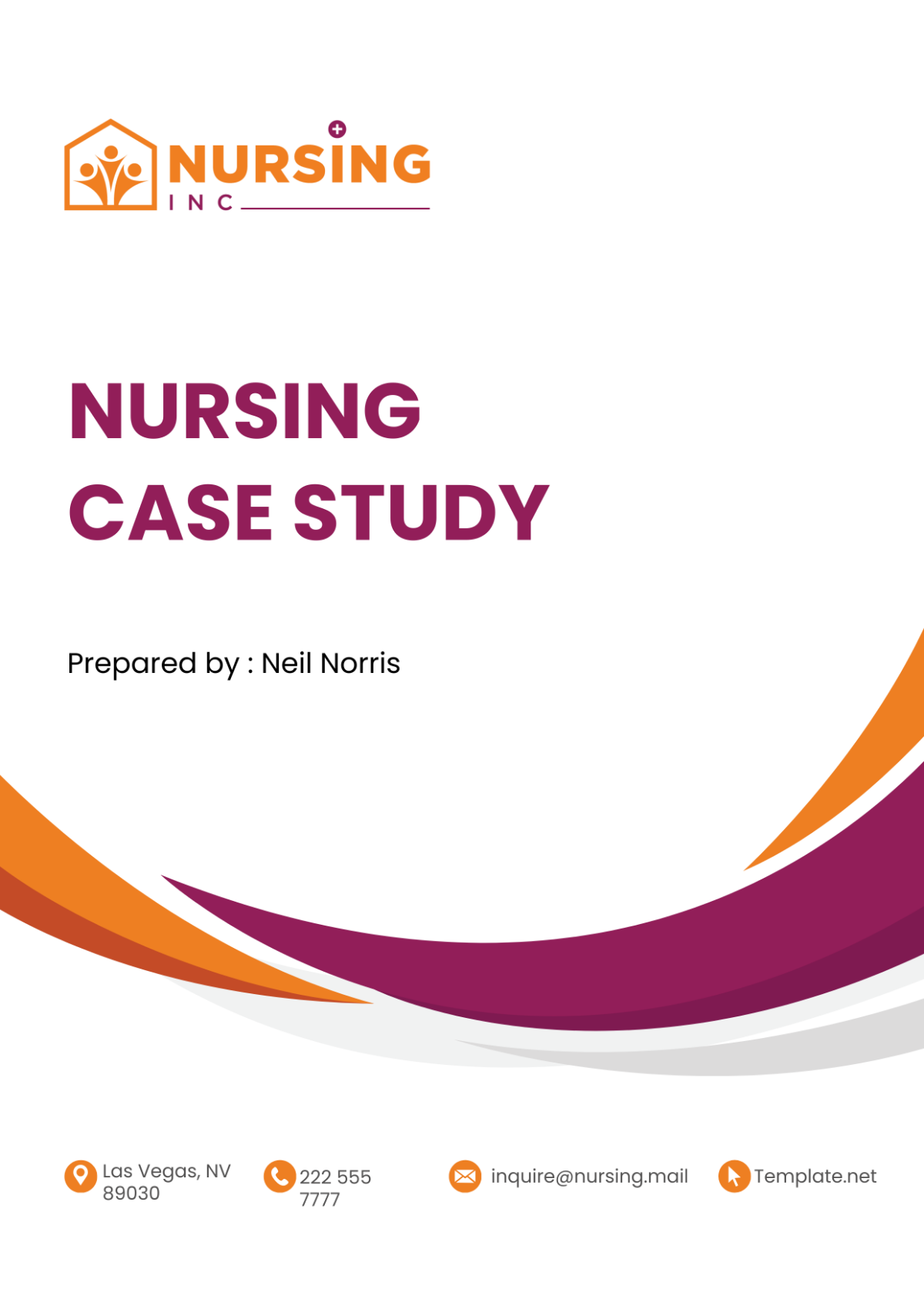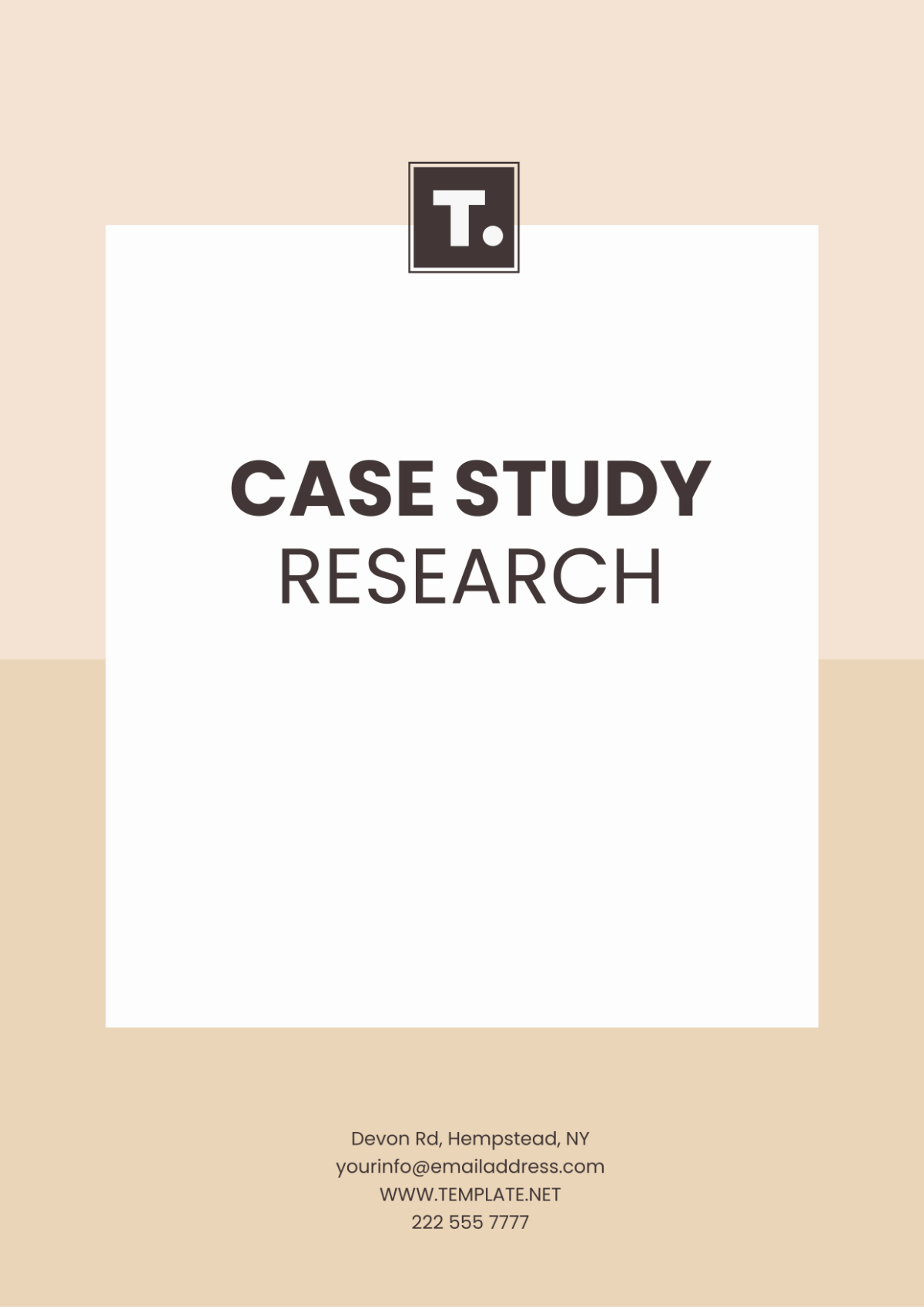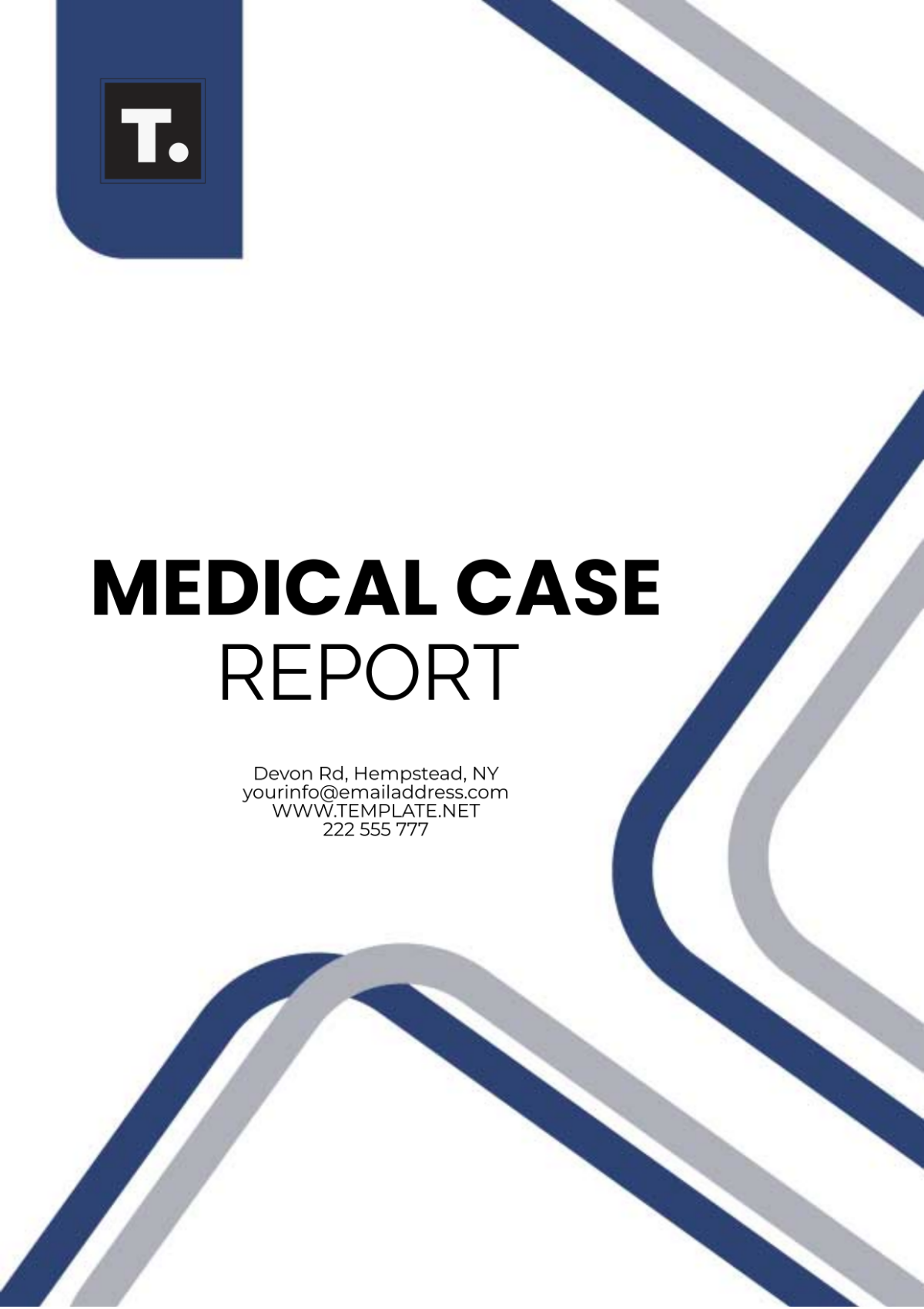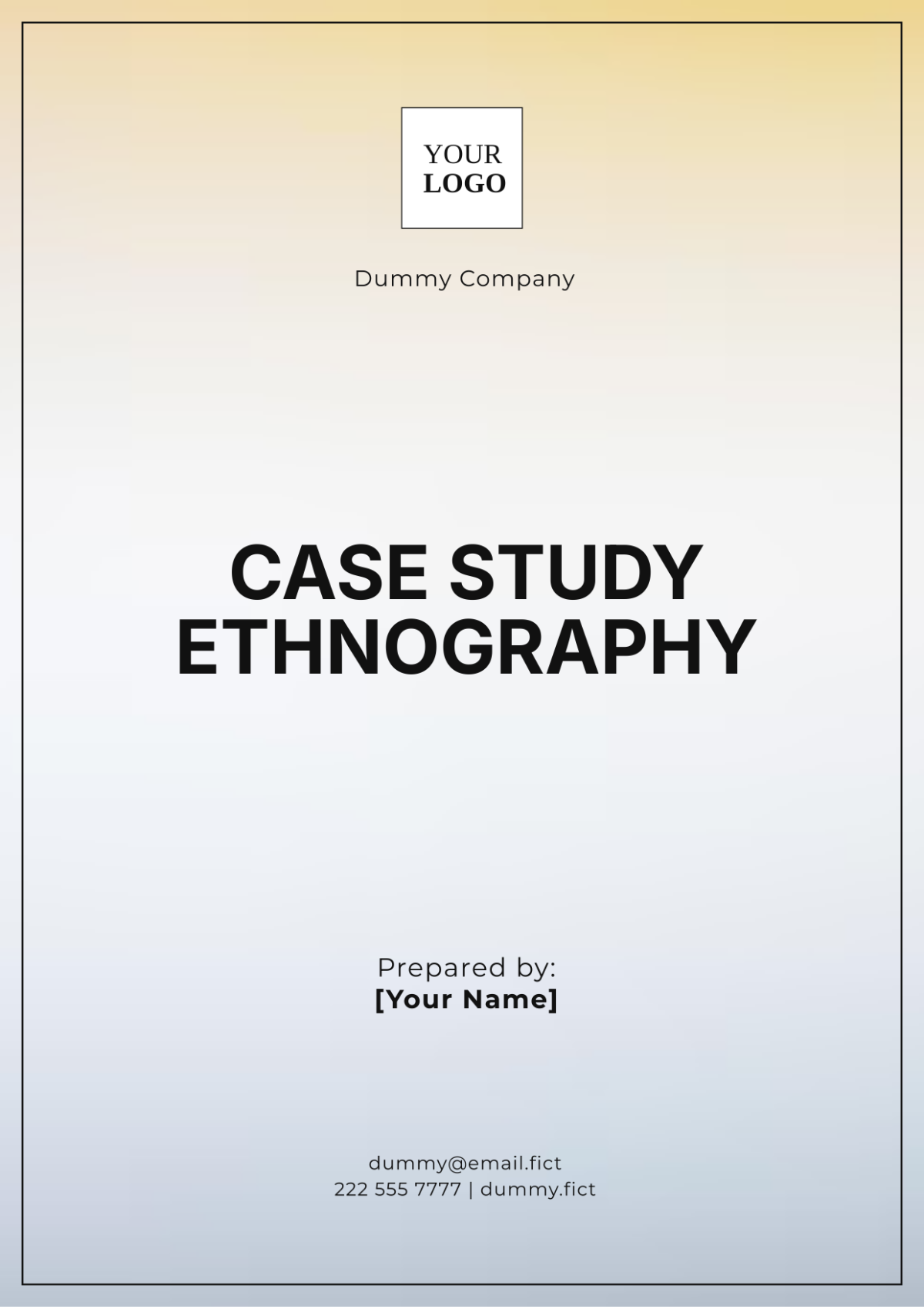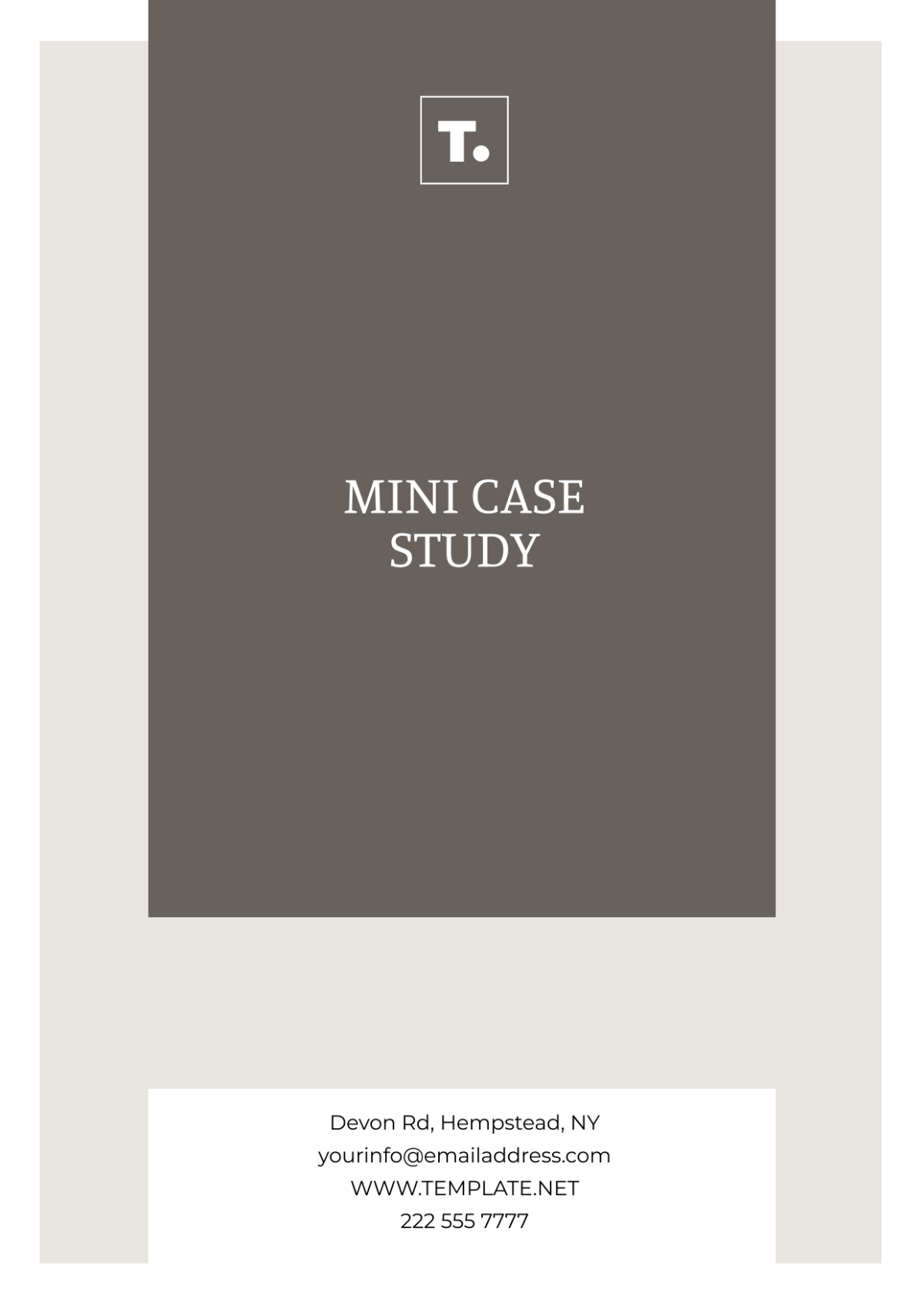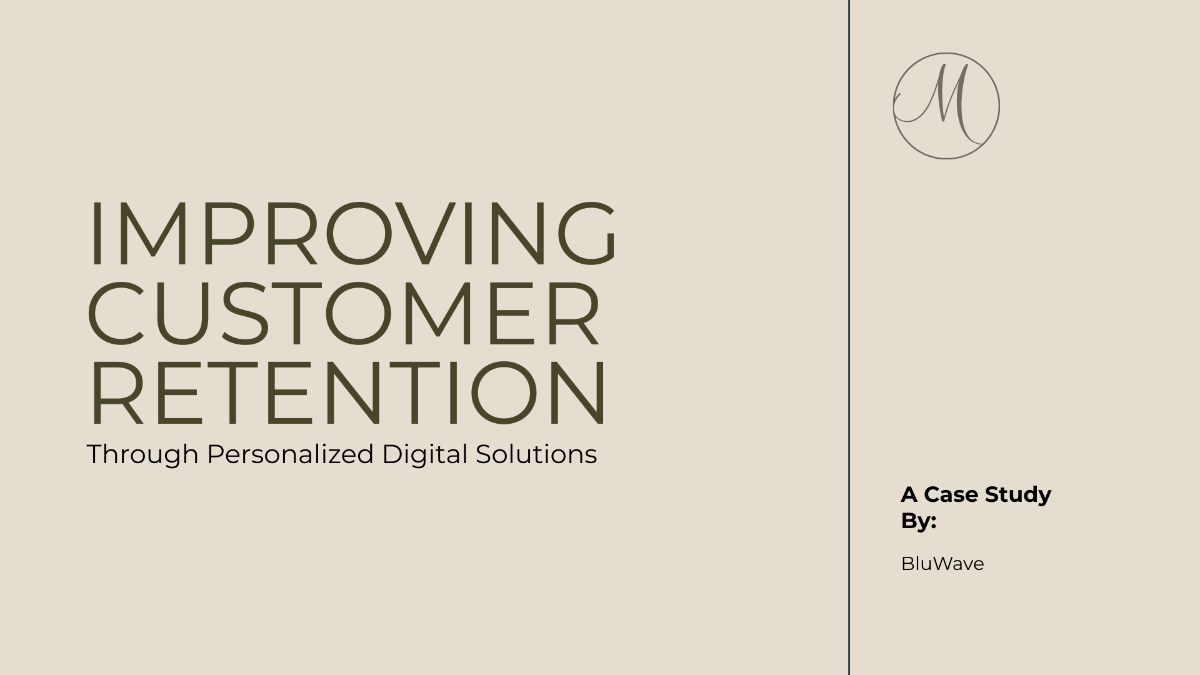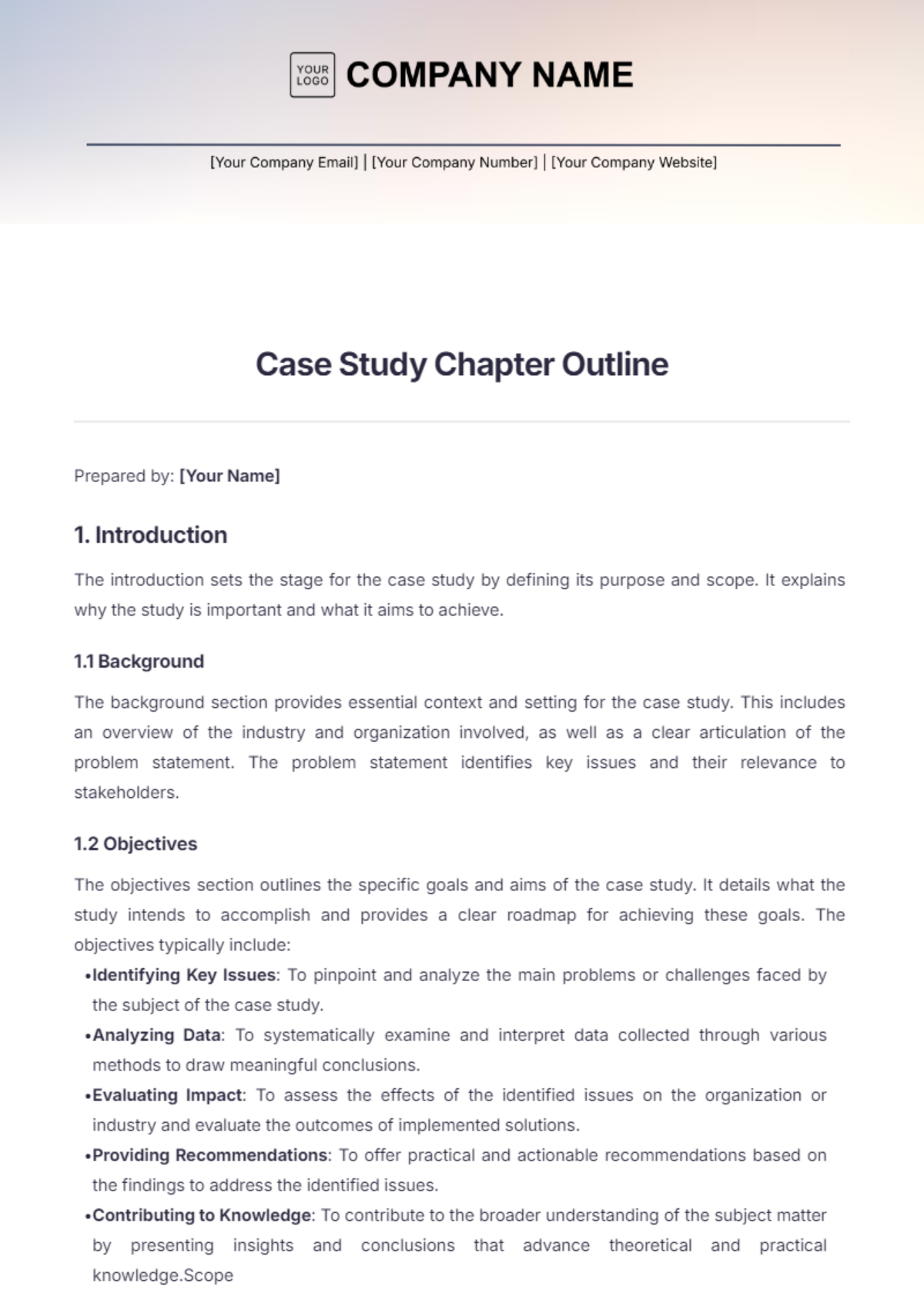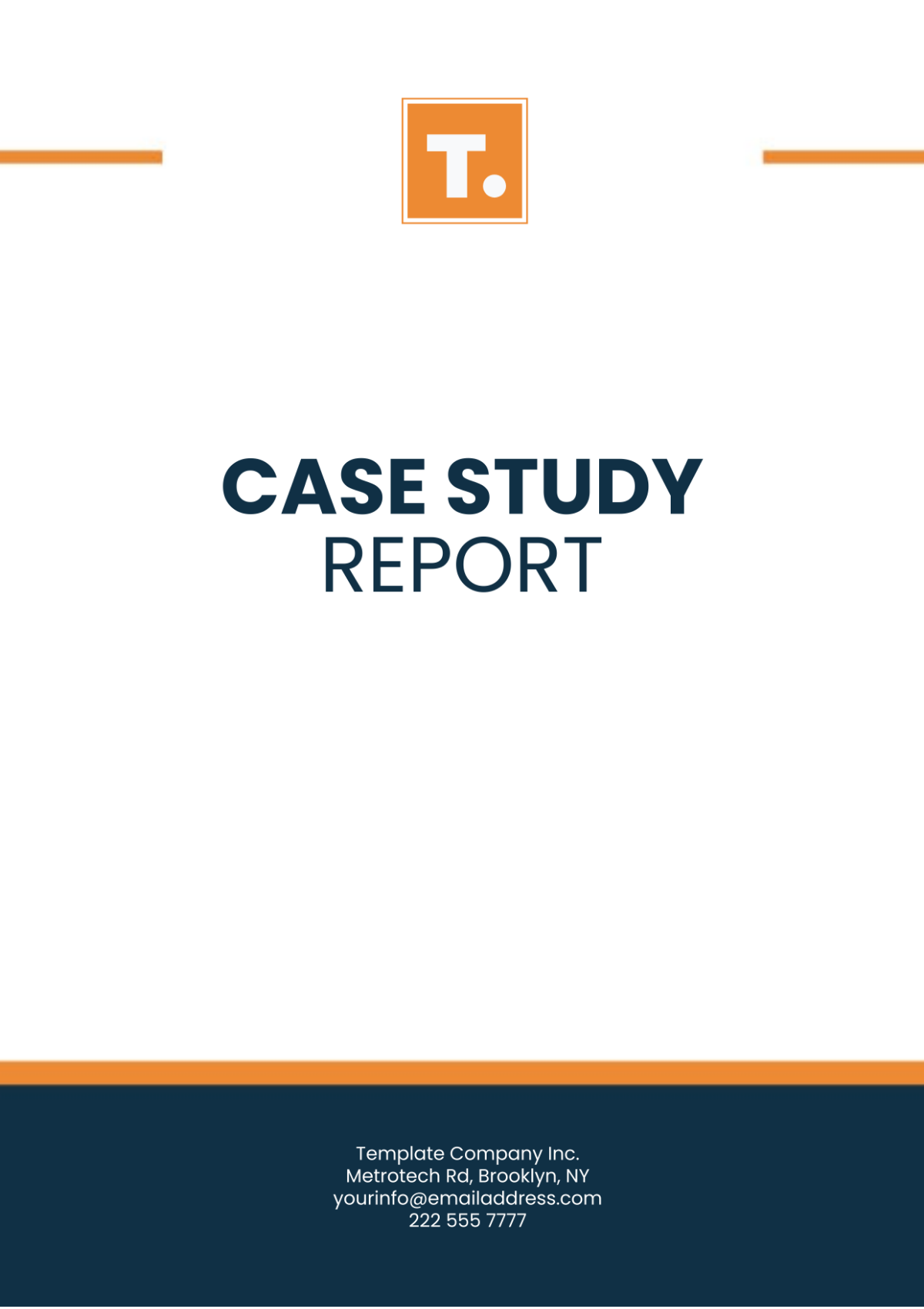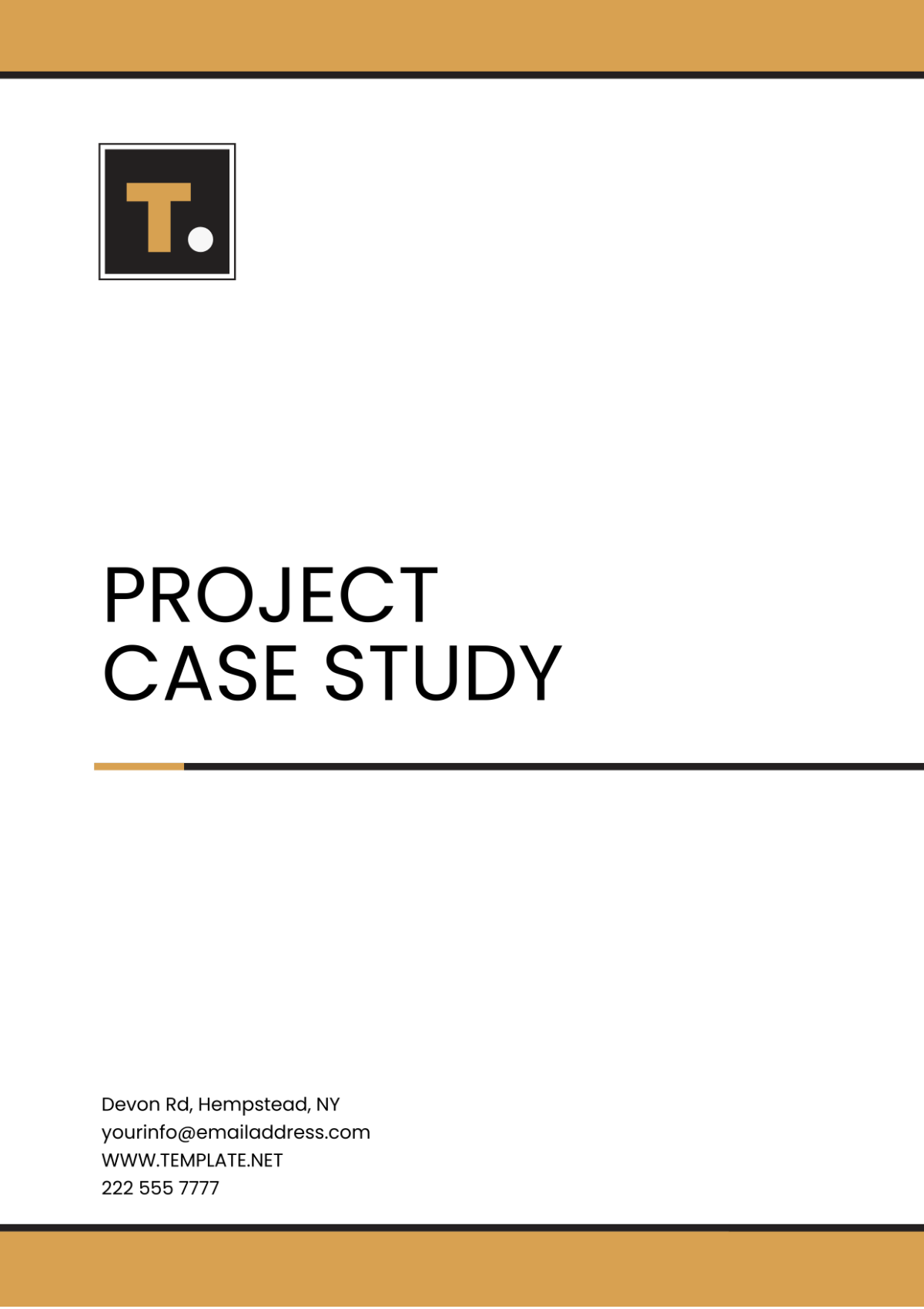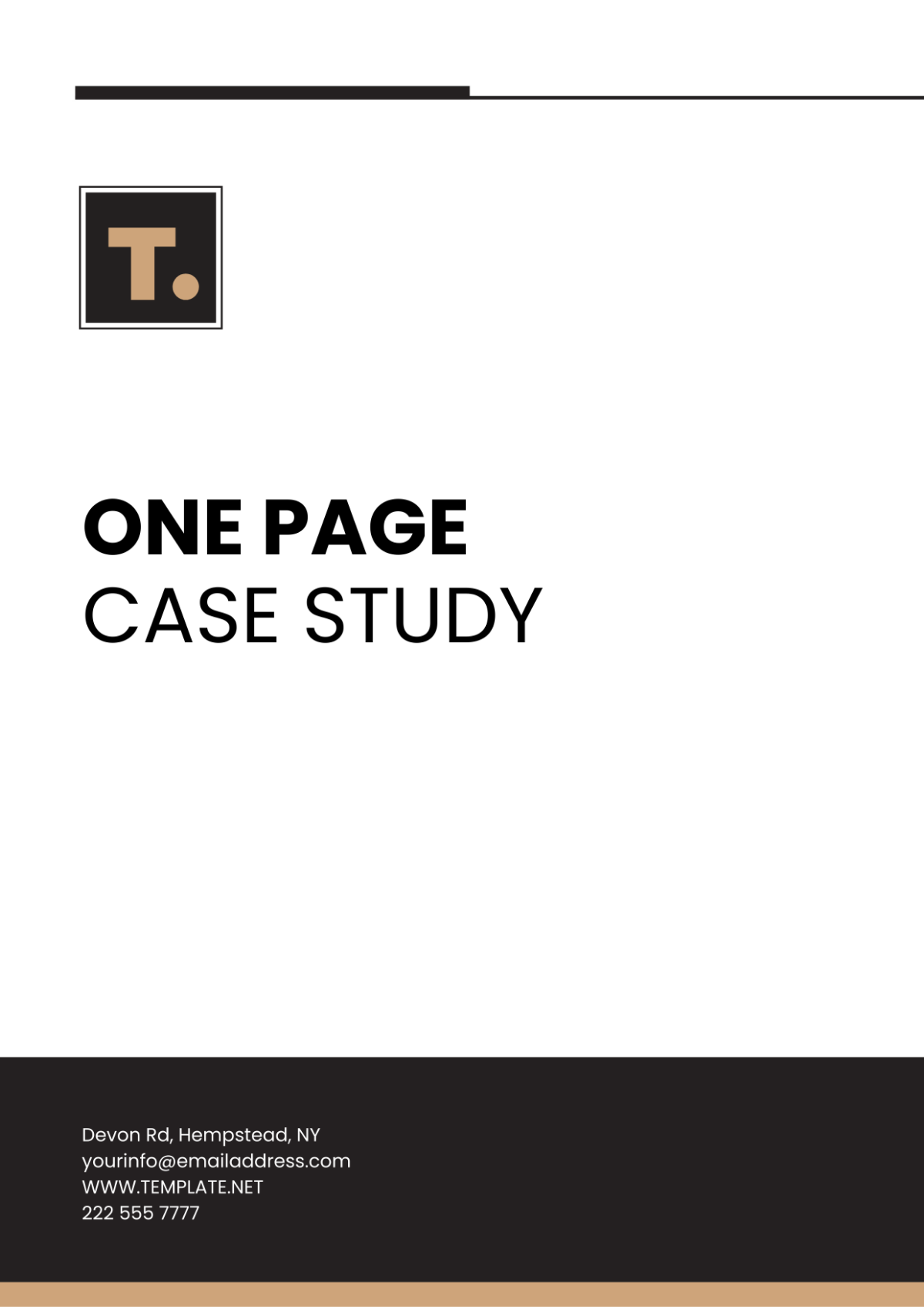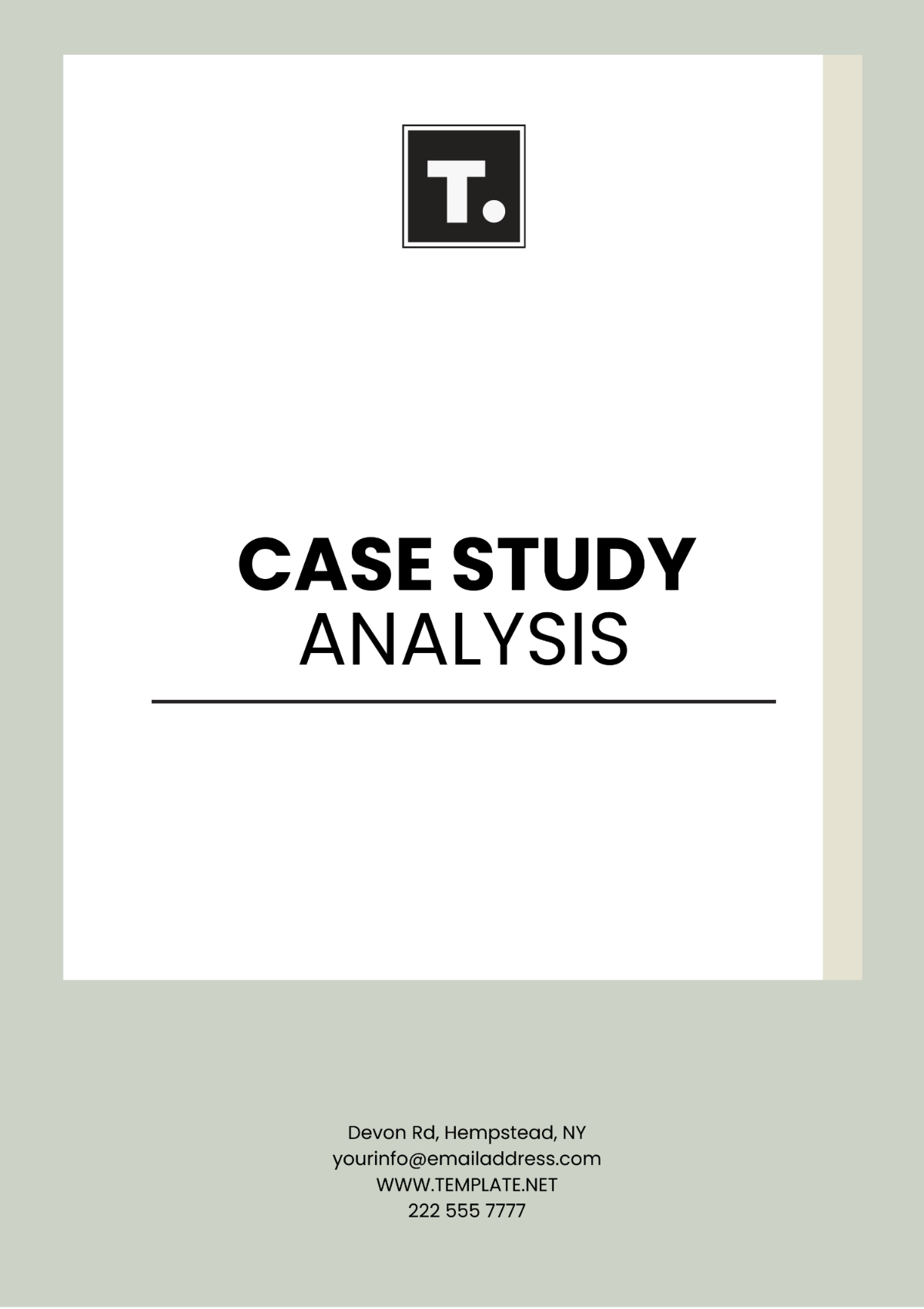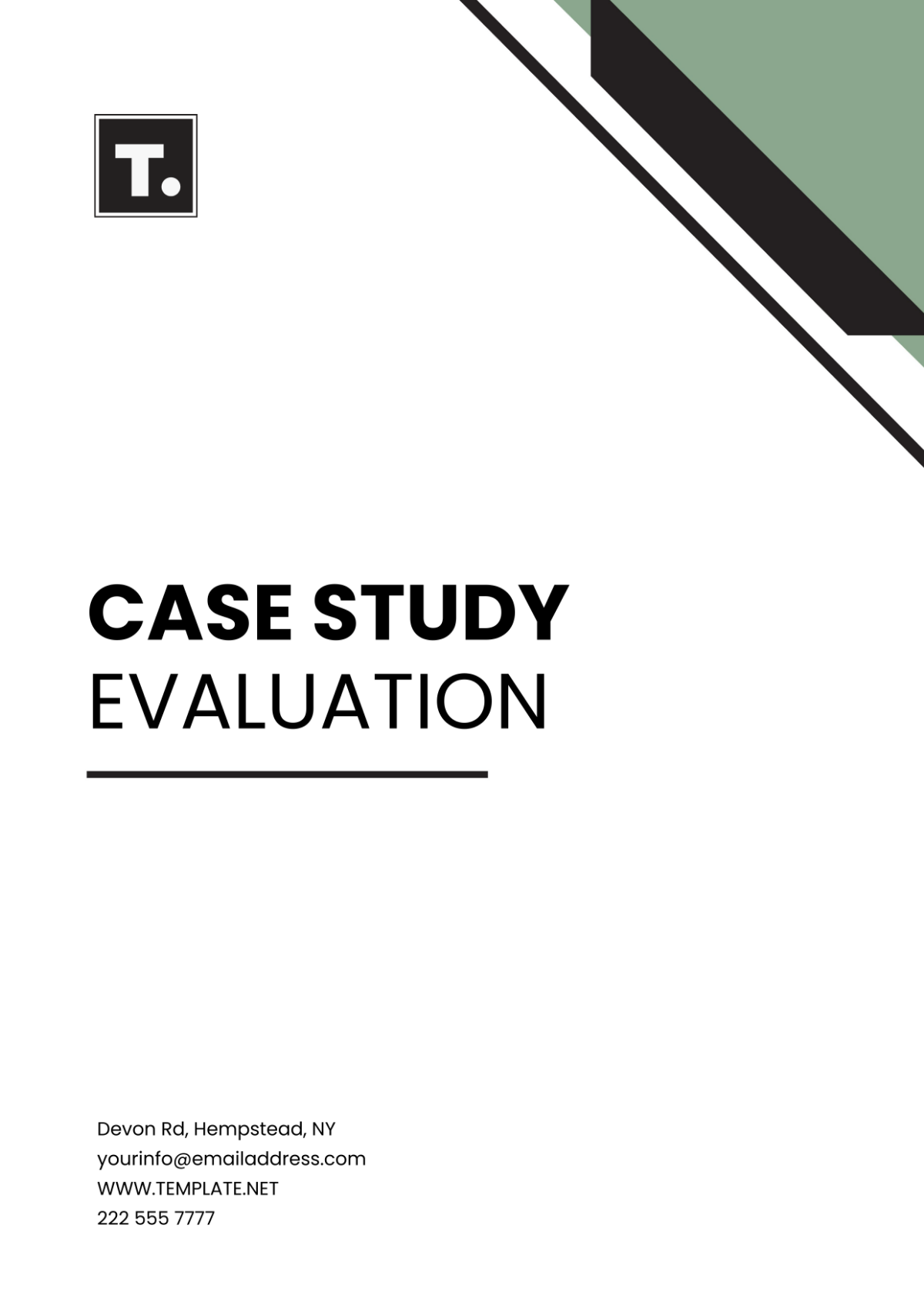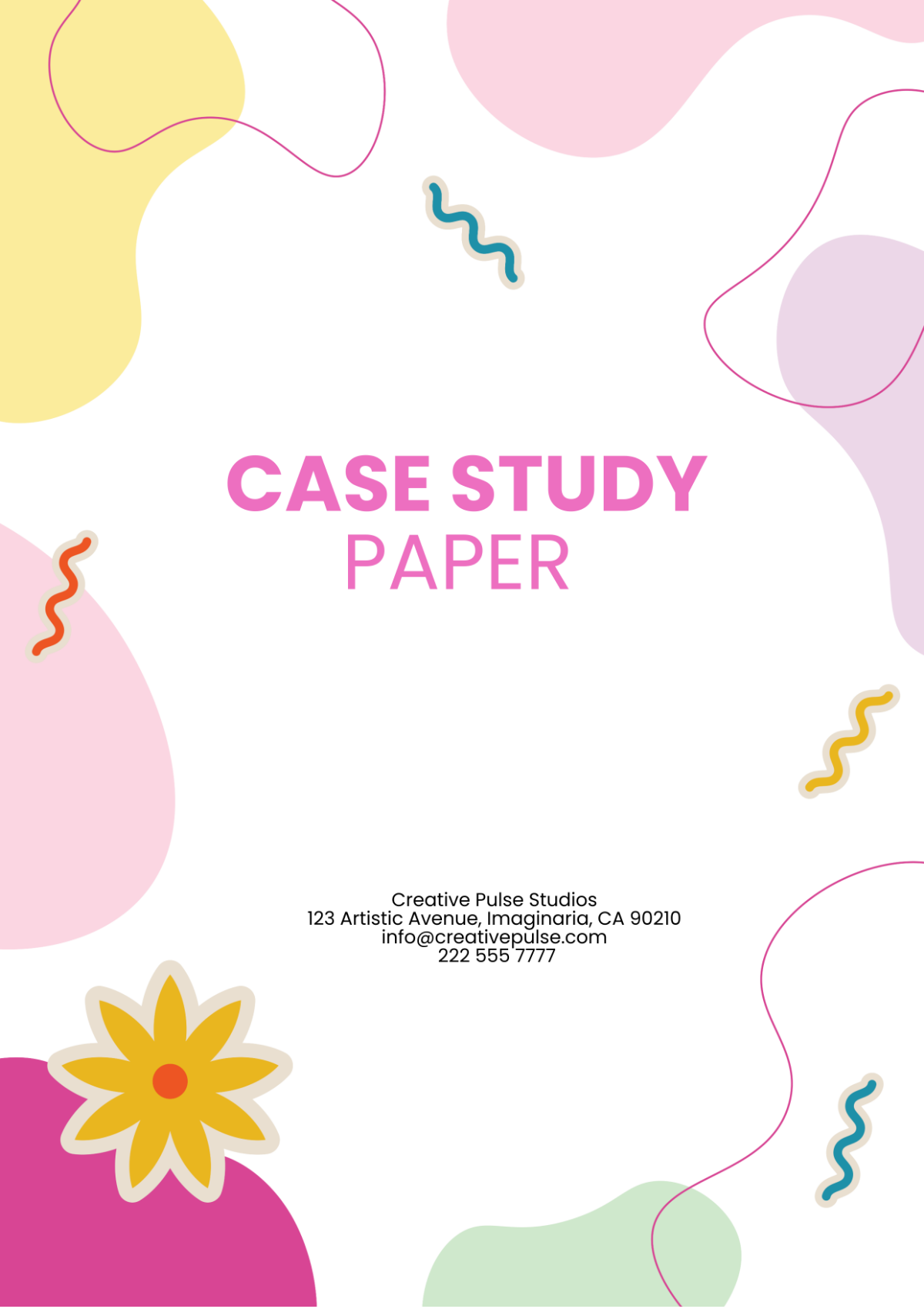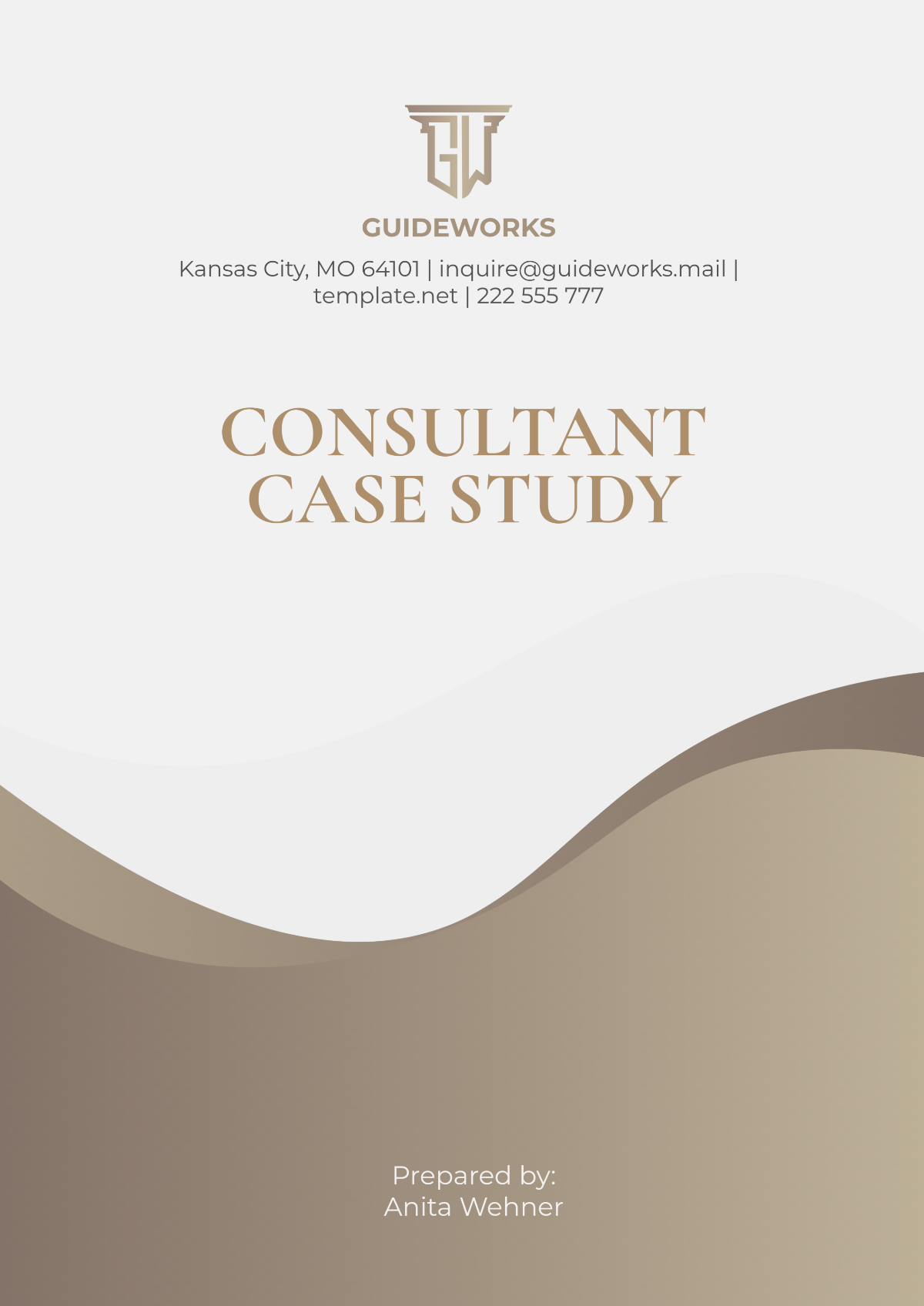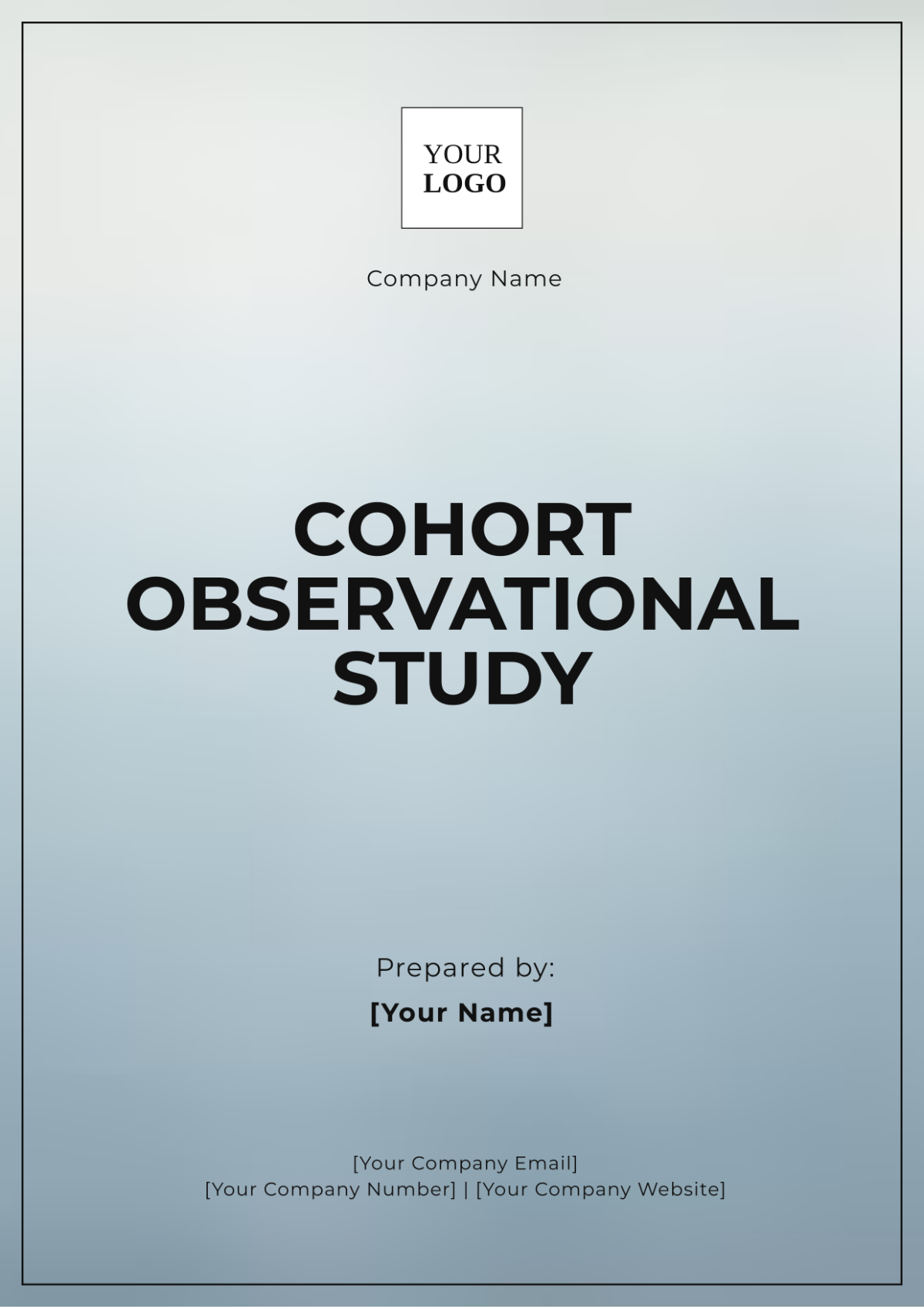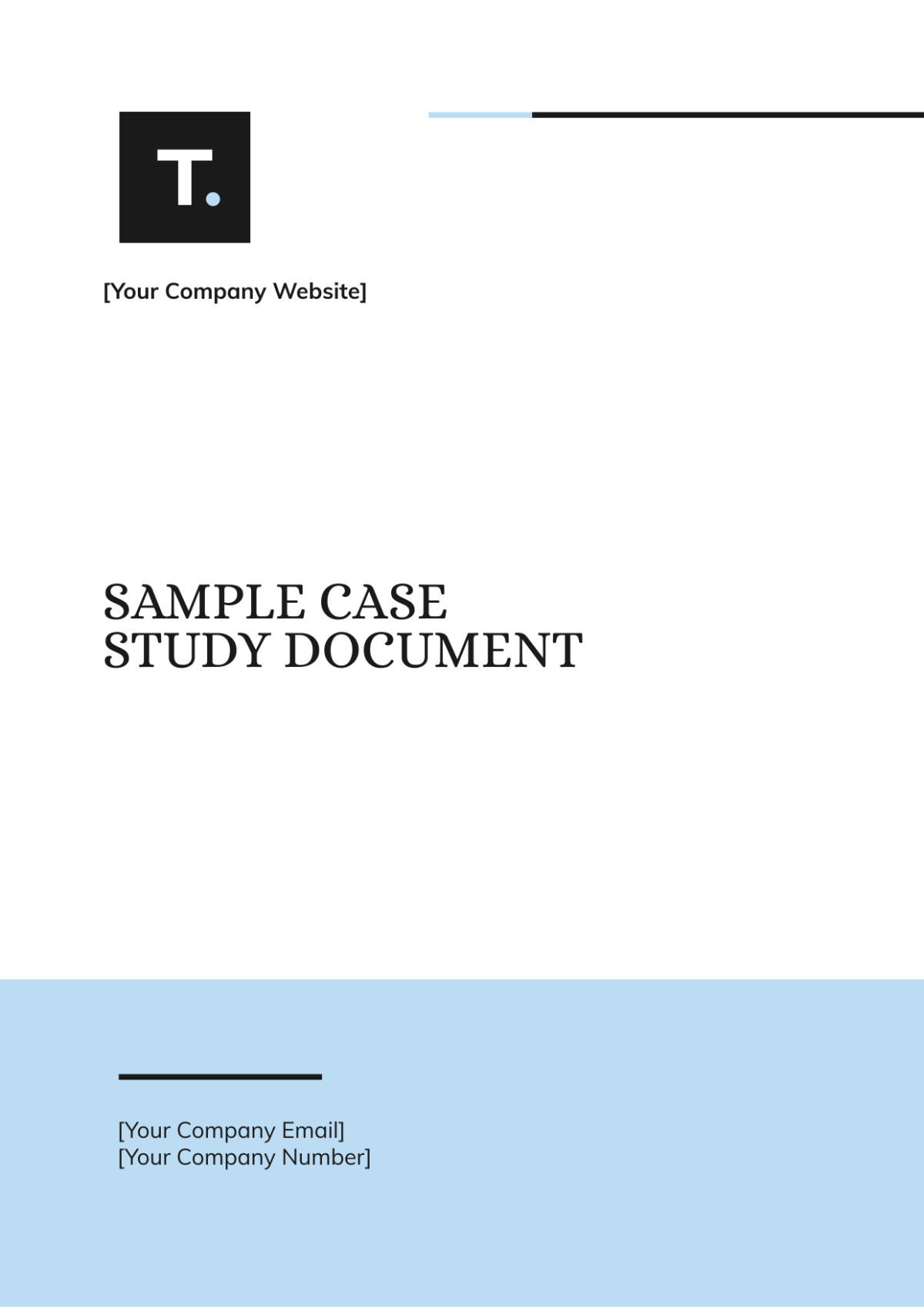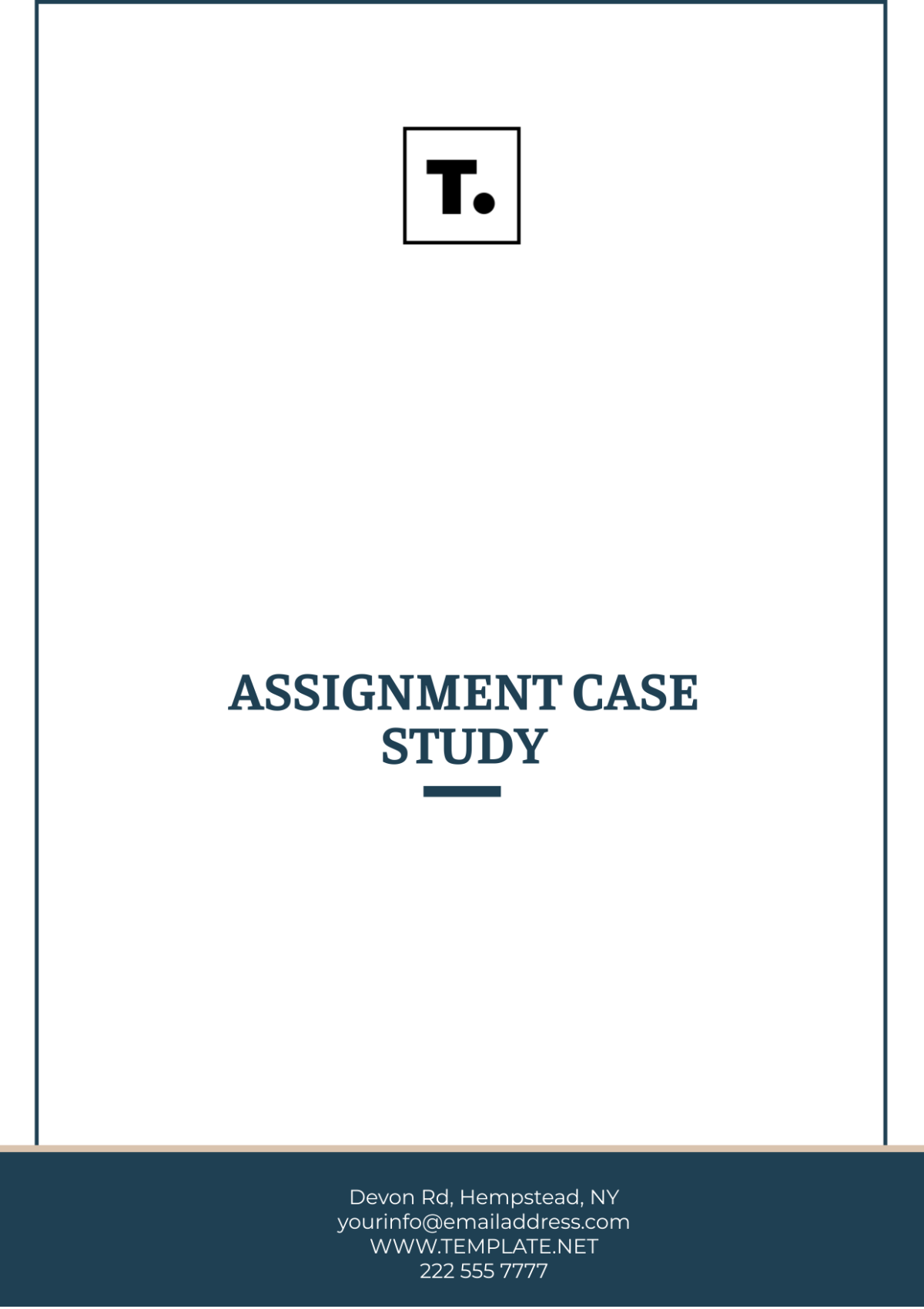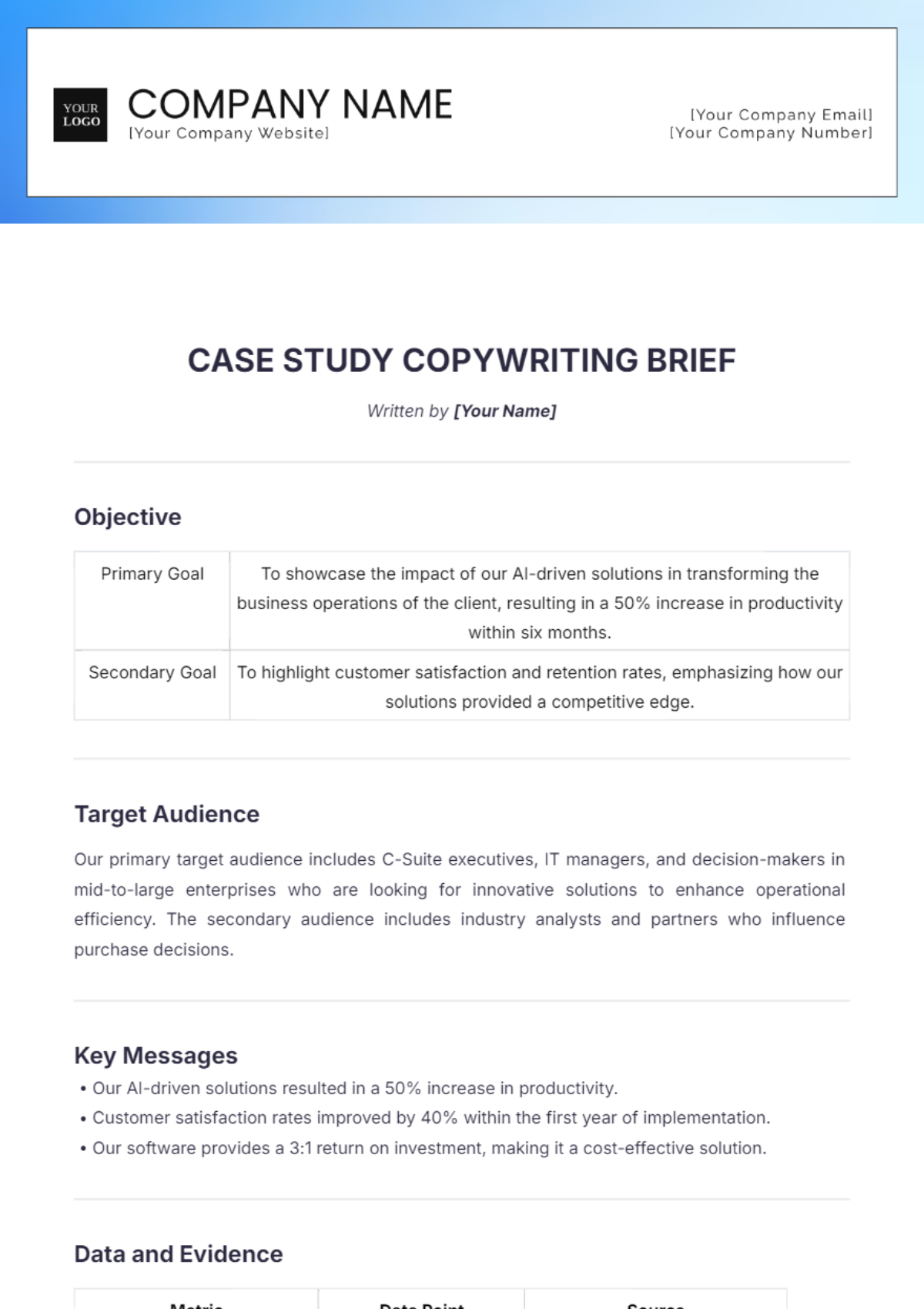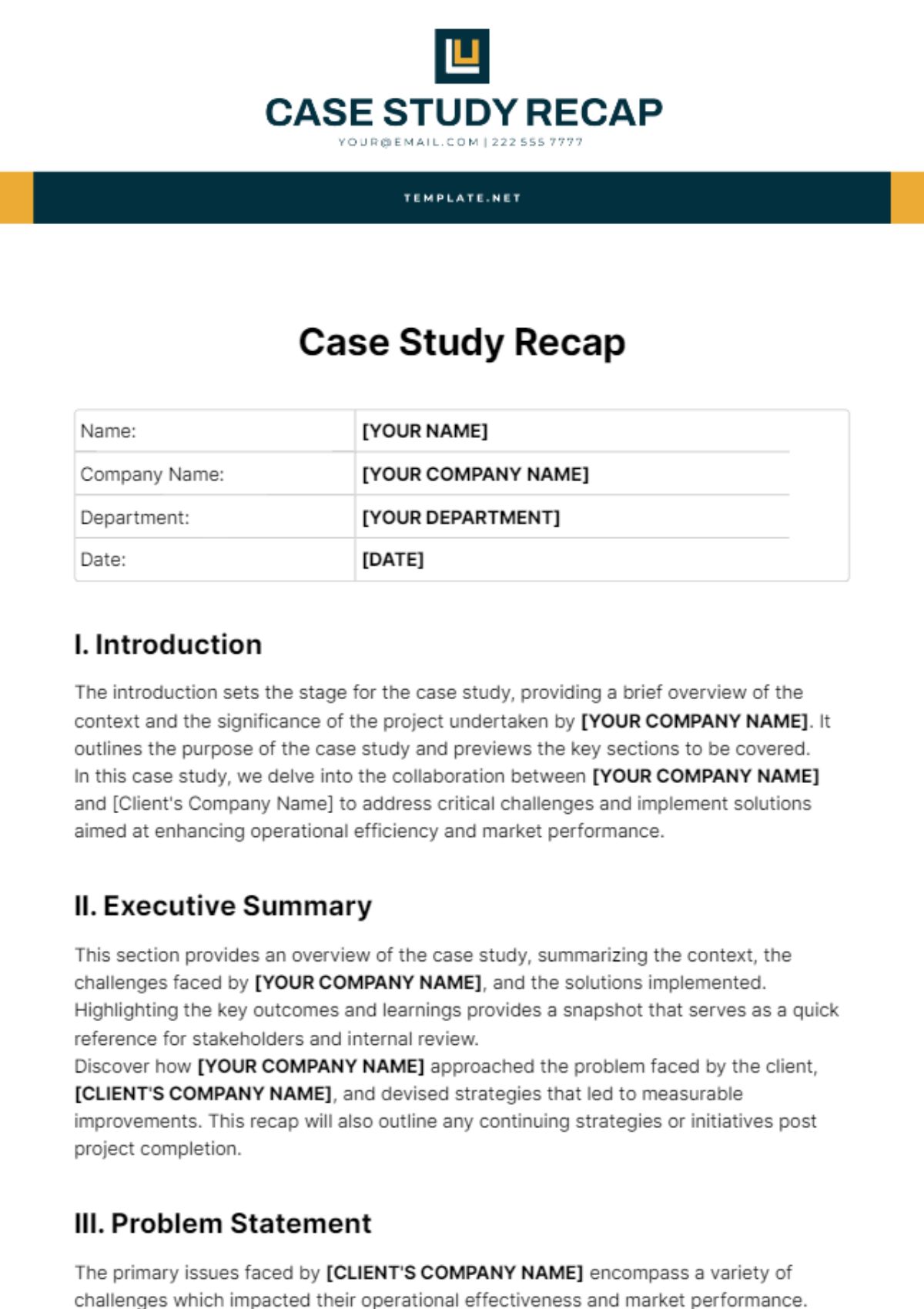Case Study Chapter Outline
Prepared by: [Your Name]
1. Introduction
The introduction sets the stage for the case study by defining its purpose and scope. It explains why the study is important and what it aims to achieve.
1.1 Background
The background section provides essential context and setting for the case study. This includes an overview of the industry and organization involved, as well as a clear articulation of the problem statement. The problem statement identifies key issues and their relevance to stakeholders.
1.2 Objectives
The objectives section outlines the specific goals and aims of the case study. It details what the study intends to accomplish and provides a clear roadmap for achieving these goals. The objectives typically include:
Identifying Key Issues: To pinpoint and analyze the main problems or challenges faced by the subject of the case study.
Analyzing Data: To systematically examine and interpret data collected through various methods to draw meaningful conclusions.
Evaluating Impact: To assess the effects of the identified issues on the organization or industry and evaluate the outcomes of implemented solutions.
Providing Recommendations: To offer practical and actionable recommendations based on the findings to address the identified issues.
Contributing to Knowledge: To contribute to the broader understanding of the subject matter by presenting insights and conclusions that advance theoretical and practical knowledge.Scope
2. Methodology
This section details the research design, specifying whether a qualitative or quantitative approach is used and justifying the choice. It outlines data collection methods, including primary sources like surveys and interviews, and secondary sources such as reports and literature reviews. The methodology also describes the data analysis techniques employed, including statistical methods and thematic analysis.
2.1 Research Design
Detail the type of research and its structure.
Qualitative
Quantitative
Mixed-Methods
2.2 Data Collection
Specify the methods utilized to gather information.
Surveys
Interviews
Observations
Documents and Archives
2.3 Data Analysis
Describe the techniques applied to interpret the collected data.
Statistical Analysis
Thematic Analysis
Comparative Analysis
2.4 Limitations
Mention any potential constraints that might affect the study.
3. Case Description
3.1 Overview of the Case
Please provide an in-depth and detailed overview of the particular case that is currently under investigation and analysis.
3.2 Key Stakeholders
Please identify and provide a detailed description of the primary individuals or groups that are involved.
3.3 Contextual Background
Ensure that you supply the appropriate historical background, environmental details, or situational context as necessary.
4. Findings
4.1 Data Presentation
Kindly ensure that the data is presented in a manner that is both clear and well-organized, allowing for ease of understanding and interpretation.
4.2 Patterns and Themes
Kindly provide a detailed and comprehensive analysis that brings attention to any notable patterns, recurring themes, or emerging trends that have been identified.
4.3 Comparison with Existing Literature
Conduct a thorough comparison of the findings from your research with the results from earlier studies or the principles established by existing theories.
5. Discussion
5.1 Interpretation of Findings
Please thoroughly examine and articulate the broader implications as well as the overall significance of the findings obtained from this study or analysis.
5.2 Practical Implications
Could you please explain how the findings from the research or study can be utilized or implemented in practical, real-world scenarios?
5.3 Theoretical Contributions
Please provide a detailed discussion on how the study adds to, expands upon, or challenges the existing theories or body of knowledge in its respective field.
5.4 Recommendations
Offer practical recommendations derived from the findings and conclusions of the study.
6. Conclusions
6.1 Summary of Key Findings
Provide a comprehensive summary of the primary findings and key insights derived from the study.
6.2 Concluding Remarks
Offer conclusive insights and reflective observations regarding the study, delving into its implications, outcomes, and the broader context within which it was conducted. This should include a thorough contemplation of the findings, any limitations encountered, and potential avenues for future research.
7. References
7.1 Bibliography
Provide a comprehensive enumeration of all the sources and literature referenced or cited throughout the study.
8. Appendices
8.1 Supporting Documents
Please also ensure that you include any supplementary documents, data sets, research findings, charts, graphs, appendices, or any other relevant materials that may provide additional support and substantiation for the study.
8.2 Detailed Tables and Figures
Include detailed and exhaustive tables, charts, and figures, each of which should be specifically referenced and cited in the main body of the text.
